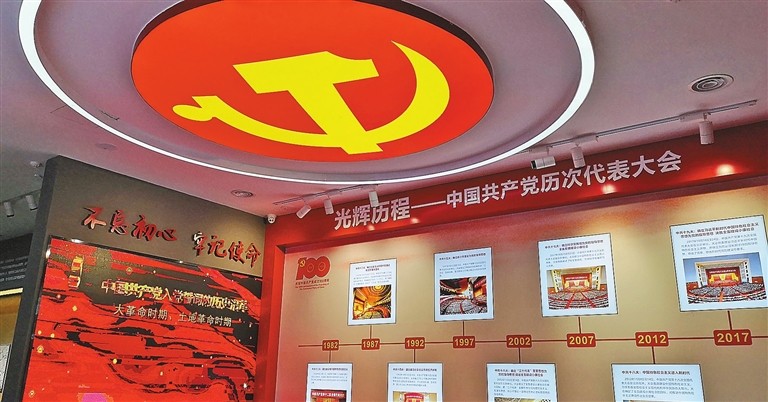
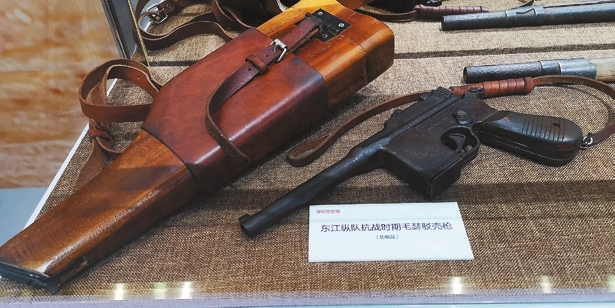
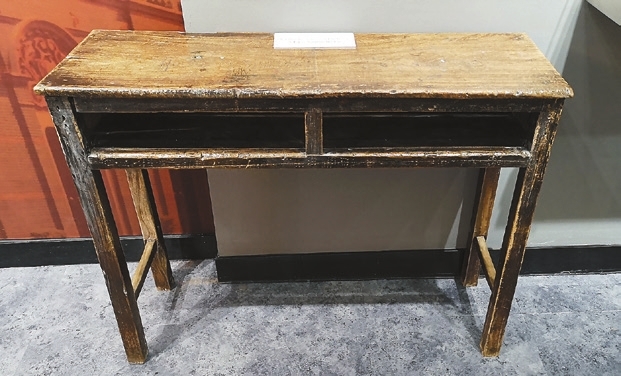
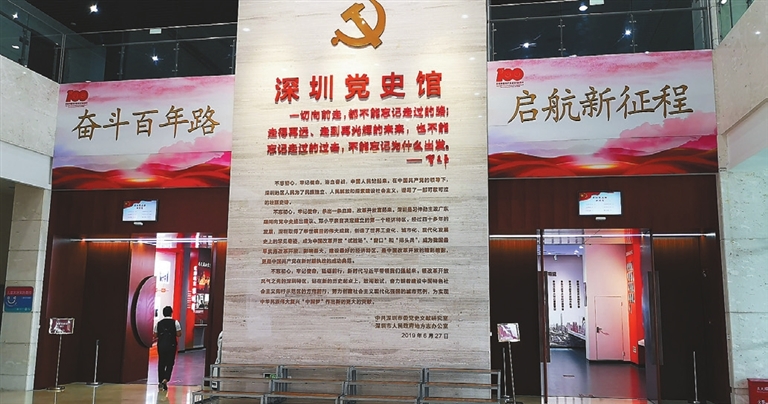
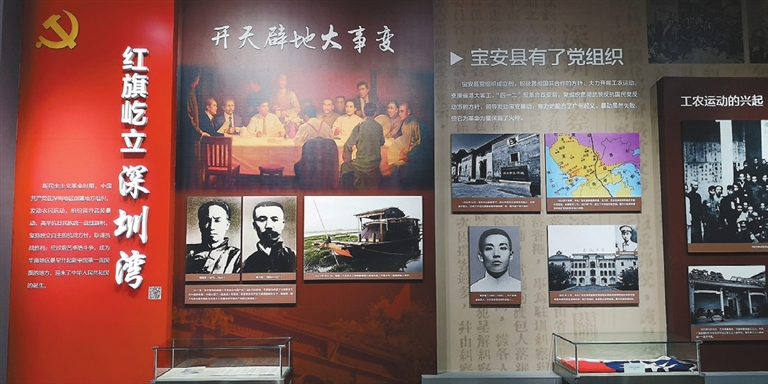
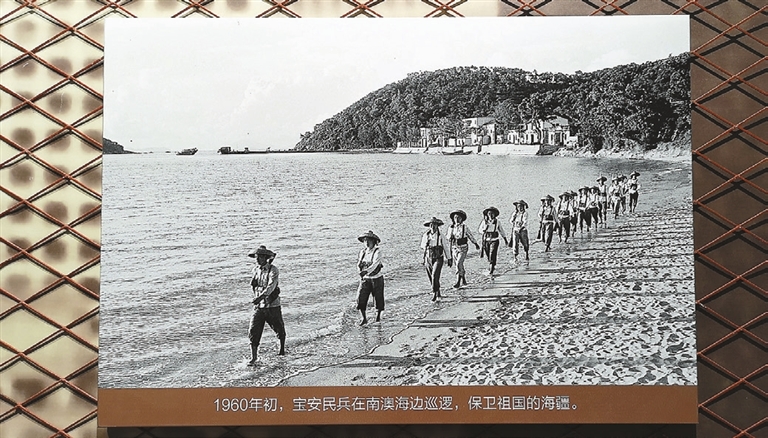
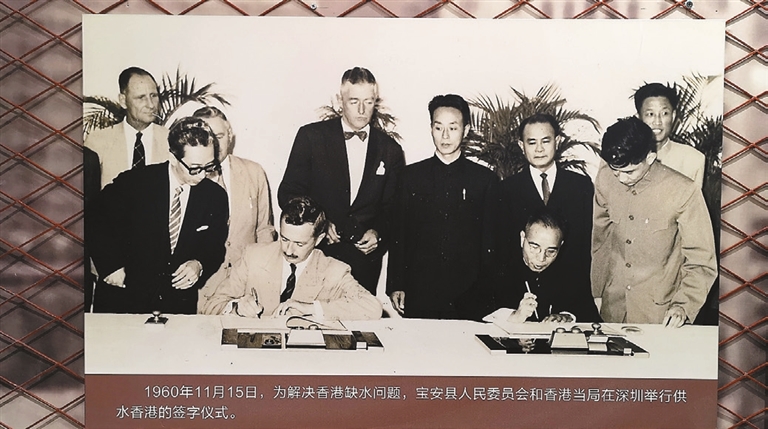
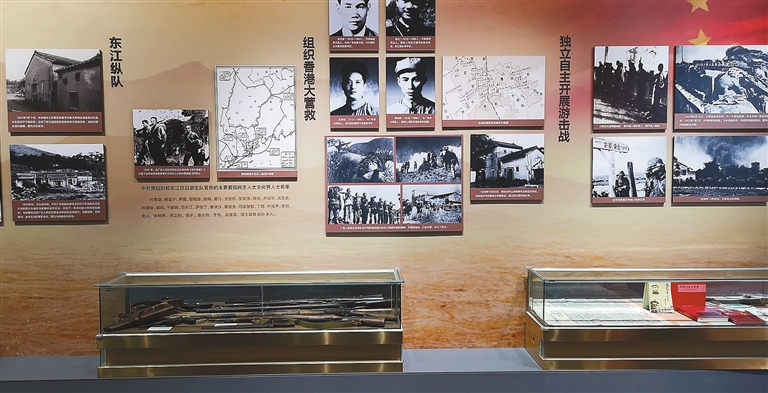
SHENZHEN, which covers nearly 2,000 square kilometers, is marked by revolutionary sites in many places. The Museum of the History of the Communist Party of China in Shenzhen, opened in 2019 in Futian District, records the red history of Shenzhen and revolutionary heroes who were either Shenzhen locals or pioneers from neighboring areas. The exhibition in the museum begins with the introduction of the founding of the Communist Party of China (CPC) in Shanghai in 1921 and the CPC’s first organization in Bao’an (former name of Shenzhen). Huang Xuezeng, born in 1900 in a village in west Guangdong’s Zhanjiang City, was one of the founders of the CPC Bao’an organization. Along with Peng Pai, Ruan Xiaoxian and Zhou Qijian, he was regarded as one of the four peasant movement leaders in Guangdong. Since the CPC formed an alliance with the Kuomintang to fight against imperialism and warlords in 1924, Huang came to Bao’an and organized revolutionary activities in the Songgang and Gongming areas. In July 1925, the CPC Bao’an branch was set up, and the first congress of the CPC Bao’an County Committee was held Feb. 23, 1928 at the Chen Ancestral Hall in Songgang. Then Huang continued his revolutionary activities in Zhaoqing, Zhanjiang, Maoming and Hainan Island. Due to traitors, he was arrested and killed by the Kuomintang at the age of 29. The Museum of the History of the Communist Party of China in Shenzhen also displays the guerrilla battles against Japanese aggression, socialist construction in Shenzhen after 1949 and the reform and opening-up achievements in the past four decades. “Through visiting the museum, we found Shenzhen is a red place with so many red stories. The city’s abundant red history is a key spiritual driving force for supporting the city in implementing the strategy of the Guangdong-Hong Kong-Macao Greater Bay Area and building a pilot demonstration area of socialism with Chinese characteristics,” said Yang Lixun, director of the CPC Shenzhen Municipal Committee’s CPC history research office. (Cao Zhen) | 
